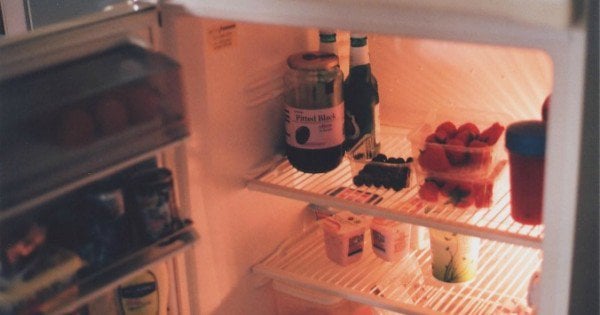Picture this: You’re in the mood for a fresh zingy salad. You reach into the fridge for that head of lettuce and cucumber you bought just a few days ago… but what you discover in their place is a puddle of green goo and a handful of frozen leaves that disintegrate in your hands.
It’s a sorrowful tale, but one that’s all too familiar (trust me, I know). The good news? If you stack your fridge the right way, your greens will remain edible for longer than 24 hours.
If you’re anything like me, you probably treat stacking your fridge like an icy game of Tetris: you shove everything in wherever it fits, shut the door, and get back to your life.
However, the process should be a little more organised than that. In fact, your fridge contents should be sorted according to the temperature and location of each shelf and compartment.

